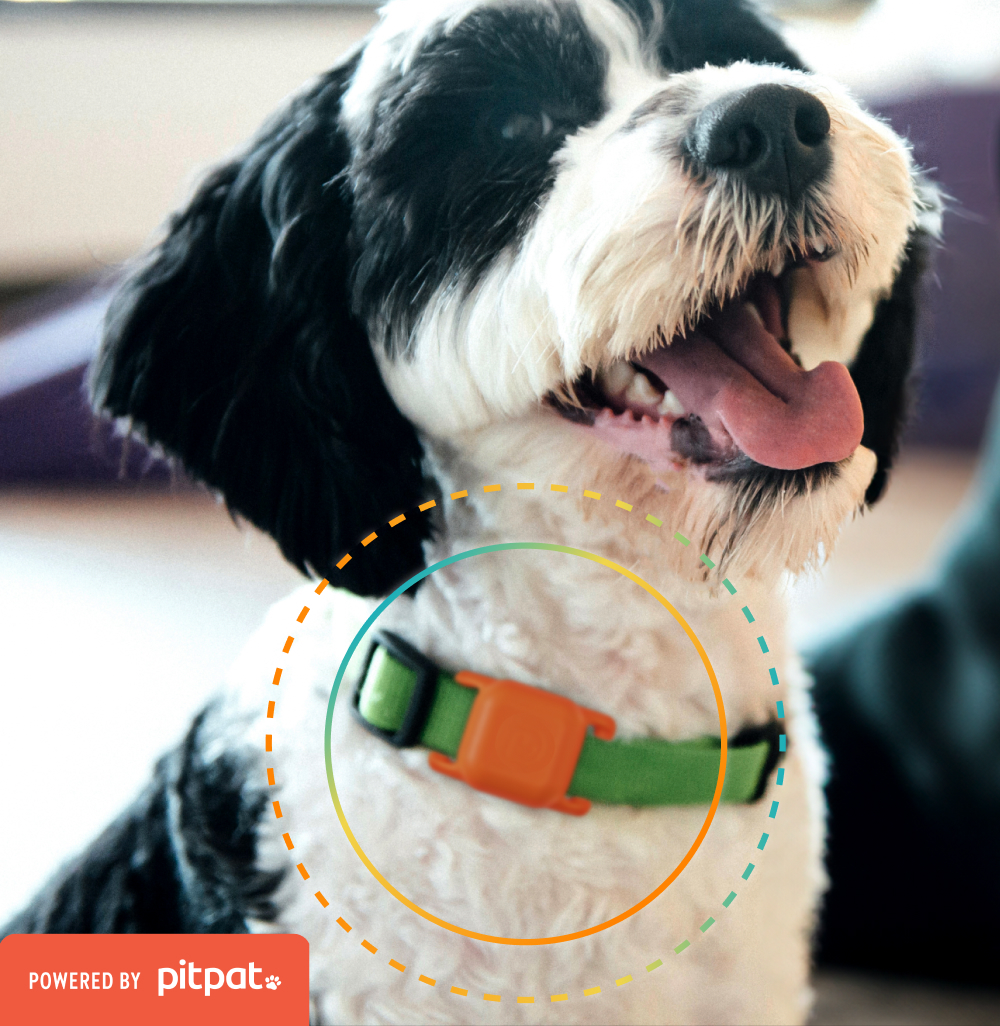5 Signs Your Dog Is Stressed

Just like us, our furry family members can become stressed and anxious. Being aware of the signals dogs show when nervous, stressed or unhappy helps prevent unwanted behavior and helps your dog live a happy and healthy life.
Often the indicators of stress are easily identified, but occasionally the ways your pup communicates stress can be quite subtle and surprising. Here are a few of the various ways your dog may express stress or anxiety:
Aggression
Aggression towards people and other animals is one of the most common signs of stress or sickness in dogs. If you notice your pup is becoming increasingly agitated, this could be a sign of an underlying issue. This symptom is usually accompanied by fearful body posture and tense facial expressions.
Isolation
Sometimes it is normal for dogs to seek alone time and solitude. However, dogs are pack animals and if you find this becoming a common behavior, it could be a sign of Distress.
Loss of Appetite
Most furry family members love to eat, so it can be quite upsetting when we notice them not eating at all. We may even notice drastic weight loss which can be a big indicator of stress, anxiety or an underlying health issue.
Excessive Sleeping
Many pet parents are familiar with their pup’s sleeping schedule and can recognize if their pup is sleeping more than usual or seems overly lethargic. Lethargy is usual one of the first and most common symptoms of stress and anxiety in dogs.
Gastrointestinal Issues
Although mainly related to allergy or sickness, gastrointestinal issues, such as diarrhea and constipation, can also be connected to stress levels. If you notice these symptoms are lasting more than 24 hours, it is best to check with a vet to ensure it isn’t a result of a greater health issue.
How can I help my stressed dog?
You must be familiar with your dog’s regular habits and demeanor in order for you to get a better understanding of when your pup is acting out of character. If your pup is exhibiting abnormal behavior, consider taking these steps:
Visit your veterinarian
It is always best to check in with your veterinarian if your dog experiences sudden changes in their behavior. Your veterinarian can rule out any underlying medical issues and make professional recommendations to help lower your dog’s stress levels. You may even be referred to a canine behaviorist who can help identify the cause of stress and develop a plan to help manage your furry family member’s anxiety.
Exercise
Exercising with your dog regularly helps prevent and eliminate stress – for both of you! Physical activities, like a game of fetch or taking a walk to the park, are highly recommended for stressed or anxious pups to release tension.
Create a ‘safe’ area
Create an area in your home where your pup can relax and escape to when feeling stressed or anxious. Make sure it is a place they are familiar with and feel safe, such as their doggie bed or a crate. Provide your pup with some comforting things such as their favorite toy and be sure to visit and reassure frequently – your presence is very reassuring to your dog.
Stay calm and positive
It is important to remain positive and calm as your pup is able to sense your stress levels. This can affect your dog and give them more of a reason feel anxious.
You know your dog better than anyone and if you feel that something is off, it’s best not to dismiss it. Give them plenty of healthy food, exercise, affection and time to rest. Seek help when needed and remember that stress is part of everyday life for us and our dogs. Noticing and addressing signs early will help your pup stay calm and live a happy, healthy life.












